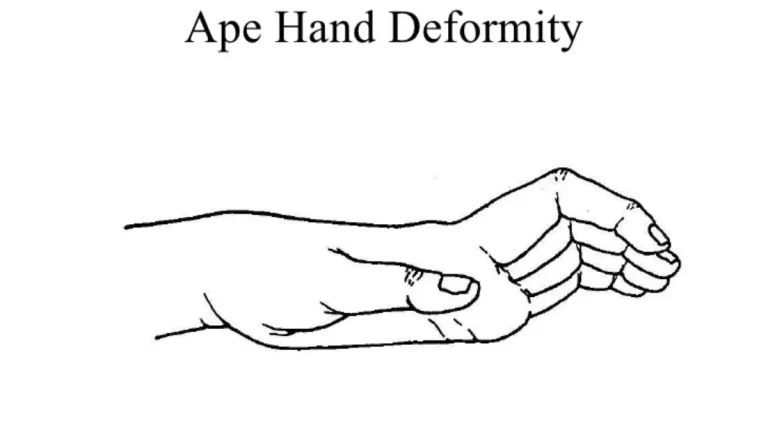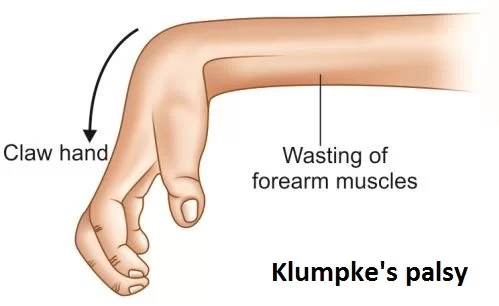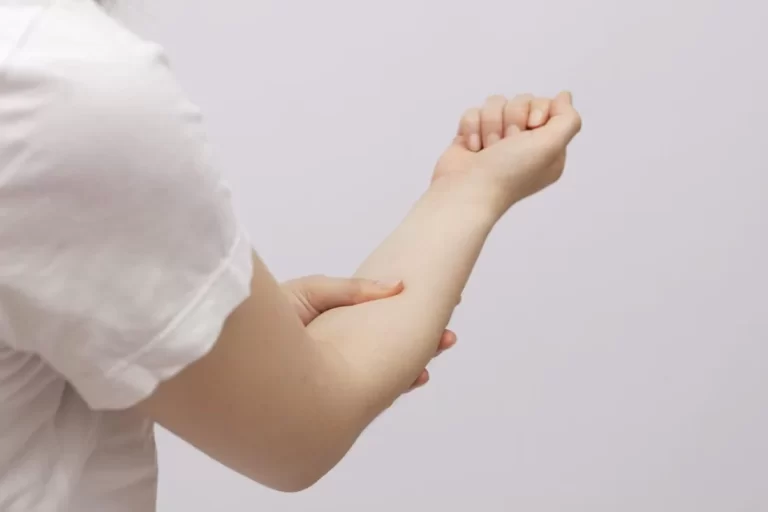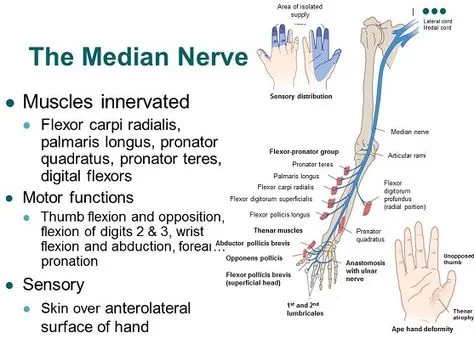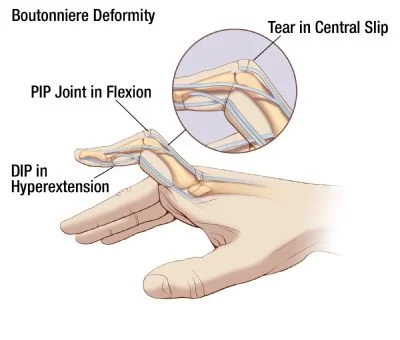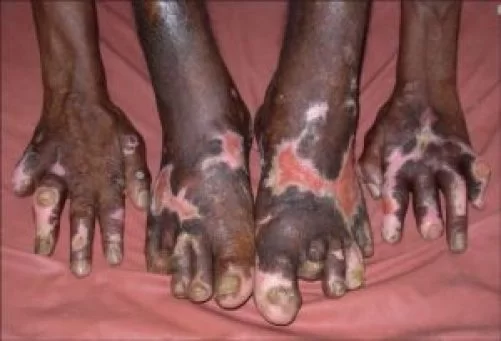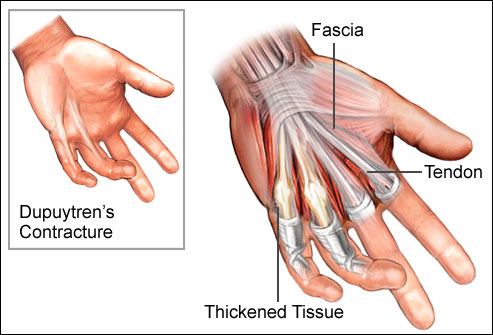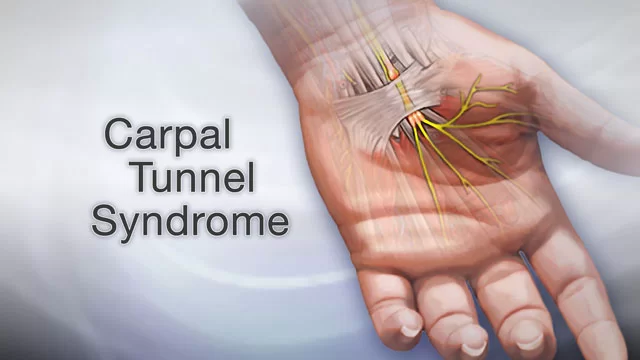Ape Hand Deformity
What is a Ape hand deformity? The ape hand is a physical deformity in humans that cause not able to abduct or oppose the thumb thereby causing the thumb little or no abduction and opposition. Abduction of the thumb is the capacity to move the perpendicular (90°) off from the plane of the palm. The…

